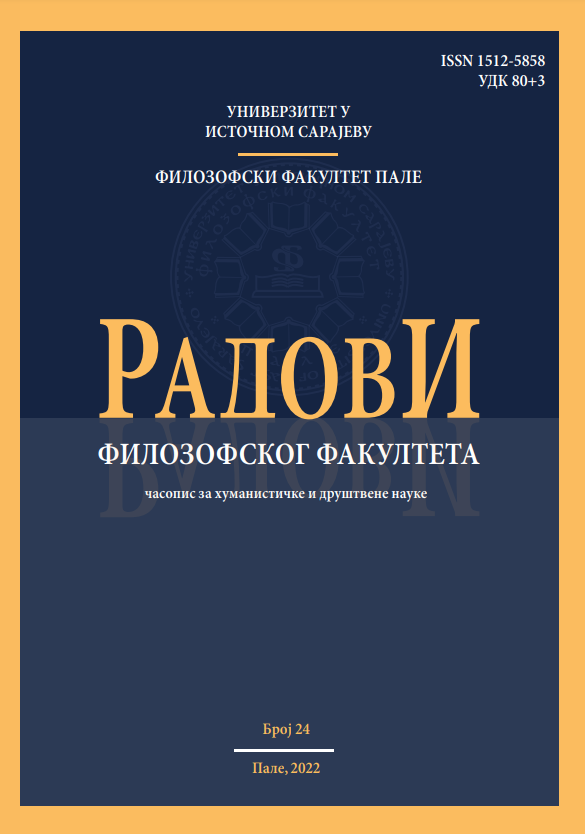УЧЕСТАЛОСТ И ПРЕДИКТОРИ ОНЛАЈН И МЈЕШОВИТОГ КОЦКАЊА МЛАДИХ
FREQUENCY AND PREDICTORS OF ONLINE AND MIXED YOUTH GAMBLING
Author(s): Draženko Jorgić, Goran StojanovićSubject(s): Education, Social Norms / Social Control, ICT Information and Communications Technologies
Published by: Универзитет у Источном Сарајеву, Филозофски факултет Пале
Keywords: online and mixed youth gambling; youth addiction to online gambling; salient social groups;
Summary/Abstract: Since the Internet’s commercial use in the mid-1990s, the idea of using it for gambling purposes did not have to wait long. The realisation of this idea was supported by two technical inventions. The first was the development of online gaming software in 1994 by Microgaming, and the second was the design of an encrypted communication protocol for secure money transfer in 1995 by CryptoLogic. Although it is one of the poorest countries, Bosnia and Herzegovina has the most betting shops per population in Europe. Online gambling, whose services are offered by several domestic companies, has become a particularly popular form of entertainment in these areas due to its accessibility and anonymity. Unlike traditional gambling, online gambling has several advantages. The magic of the game can be experienced from the comfort and privacy of your home 24/7. A trip to the casino and waiting in lines are avoided. There is a much larger selection of games and due to the larger number of players, the earnings are also higher. Based on a review of contemporary literature, empirical studies, and specific alarming results in some studies on the problems of online and mixed gambling, we decided to investigate the problem of online and mixed gambling among high school and university students in the territory of the Republic of Srpska (an entity of Bosnia and Herzegovina). The aim of our research was to identify the share of the frequency of online gambling in relation to the total frequency of gambling and to identify the predictors of the frequency of mixed gambling among high school and university students in the Republic of Srpska. The data and results presented in this research are part of the data collected through an online questionnaire via the 1ka.si platform. After the approval from the Ministry of Education and Culture, questionnaires were administered to respondents in secondary schools and public universities in the Republic of Srpska. In addition to the demographic data of interest, the frequency of playing these games of chance by the subjects themselves, as well as their parents, were assessedon a six-point response scale with frequencies ranging from „never“ to „once a day“. Our research confirmed that young people in Republika Srpska, in addition to the gambling in cafes, betting shops, and at sales points where various types of games are sold, also play the same games on the Internet. Our research confirmed that young people today traditionally gamble in cafes, betting shops and similar places, but significantly less often on the Internet. A look at the results of our research clearly shows a significantly higher frequency of online gambling among university students compared to high school students, which means there are more potentially dependent mixed gamblers in the student population. The most affected are young men under the strong influence of their fathers’ undesirable patterns of behaviour, and along with the increase in the frequency of mixed gambling, we also see an increase in spending.
Journal: Радови Филозофског факултета (часопис за хуманистичке и друштвене науке)
- Issue Year: 2022
- Issue No: 24
- Page Range: 169-189
- Page Count: 21
- Language: Serbian

